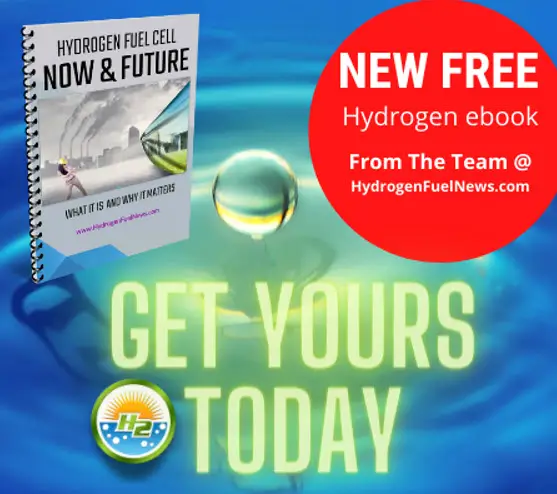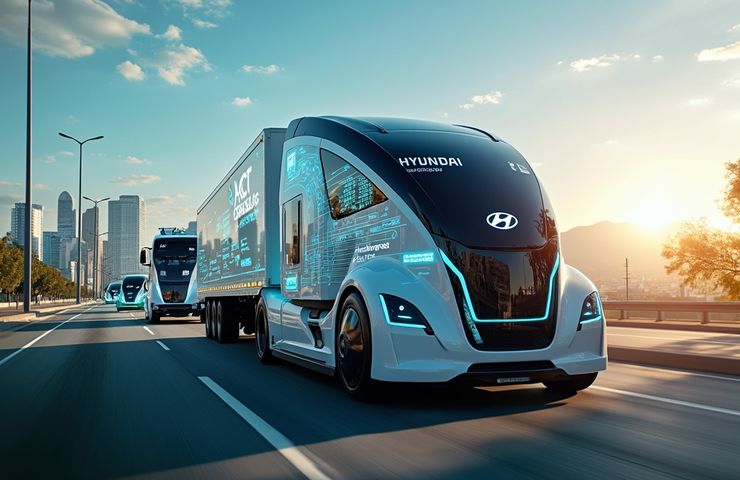
Hydrogen Fuel Cell Trucks Take the Spotlight at 2025 ACT Expo
May 8, 2025Zero-Emission Trucking Hits a Turning Point
Hydrogen-powered trucks? They’re no longer just futuristic concept art or corporate slide decks. If you were at the 2025 ACT Expo in Anaheim, California, you saw with your own eyes — the future is rolling in, and it’s running on hydrogen and battery power. Hyundai dropped jaws with their autonomous Class 8 hydrogen truck, and the debut of a 1.2 megawatt charger points to one obvious conclusion: zero-emission freight is shifting into high gear.
The Core News: Hardware Steps Into the Real World
From April 28 to May 1, the ACT Expo became ground zero for everything happening in the world of zero-emission trucking. The headline grabber? Hyundai teamed up with Plus to debut an autonomous hydrogen fuel cell truck. Think Level 4 autonomy paired with Hyundai’s battle-tested Xcient Fuel Cell platform — a machine delivering 180kW of fuel cell power and a 350kW electric motor to the wheels.
Elsewhere on the floor, Kenworth and Peterbilt — both part of the PACCAR family — showed off their electric vocational truck lineups, clearly leaning into battery power. Not to be outdone, Accelera by Cummins flexed with their new LFP battery tech, showing that both hydrogen fuel cells and batteries are staking their claim in industrial decarbonization.
And let’s talk about that 1.2 MW charger for a second — it’s built to juice up Class 8 BEVs in just 30 minutes. That’s not small talk. That’s solving real-world bottlenecks for long-haul electric fleets.
What It Means: The Excuse Book Just Got Thinner
The real story here isn’t just about shiny new trucks. It’s about the growing confidence in the support system behind them. The transportation industry is staring down the barrel of a $23 billion investment in EV and hydrogen charging infrastructure by 2030. That’s a big number, sure, but now there’s a clear direction — we know where the gaps are, and more importantly, how to fill them.
The workforce question is looming just as large. We’ll need as many as 250,000 new EV and hydrogen techs by 2040. That’s not a “someday” problem. It’s a “right now” challenge.
Technical Dive: Hydrogen vs. Battery? Why Not Both?
Hyundai’s Xcient fuel cell truck has been doing laps in Europe since 2020, so it’s no stranger to real-world roads. But now, with Plus’s Level 4 autonomy tech onboard, this truck isn’t just cleaner — it’s smarter. Driverless, zero-emissions hauling? That’s the kind of combo that cuts both emissions and costs, especially with California’s 2035 diesel truck phase-out breathing down everyone’s neck.
Meanwhile, Accelera’s LFP batteries might not top the charts on energy density, but they bring big-time durability to the table — which is exactly what’s needed for workhorse vehicles handling heavy cycles day in, day out.
Strategic Angle: Industry Giants Are Making Bets
Make no mistake, Hyundai isn’t jumping into this for show. They’ve been pushing hydrogen fuel cell technology since 2013. Partnering with Plus at this stage is all about scaling up and rolling out.
Kenworth and Peterbilt aren’t standing idle either — their move into electric vocational vehicles underscores PACCAR’s electrification strategy. Meanwhile, Accelera (Cummins’ zero-emissions unit) isn’t trying to out-flash Tesla — they’re targeting the heart of commercial transport: utility trucks, fleet vehicles, the machinery that quietly keeps economies moving.
Historical Context: Anaheim’s Been Here Before
Let’s not forget, the ACT Expo has come a long way. What started in 2011 as a modest industry meetup is now a must-watch moment in the clean transportation calendar. And it’s fitting that Anaheim, a city with decades of clean energy commitment, is where this future is being shaped — especially when the convention center itself runs on renewables.
The Maverick Take:
All the old talking points — “range anxiety,” “charging access,” “hydrogen costs” — they’re stale now. What the industry’s doing today is tackling the real, high-impact problems at scale. No more hiding behind “we’re not ready.” Hydrogen infrastructure is growing. Megawatt-class chargers are here. Fuel cell technology is no longer aspirational — it’s operational.
And here’s a little irony for you: while the headlines obsess over personal EVs, the real decarbonization push is happening where few people are looking — on job sites, behind warehouse docks, in the cabs of trucks hauling groceries and concrete. That’s where this race is being won.
The Closing Hit:
This isn’t about whether hydrogen fuel cell trucks will work — they already do. The only question left is who’s going to double down early, build the fleet, and come out on top. Will regulators and logistics giants move fast enough to meet the moment? Time will tell, but one thing’s certain: the pressure’s on, and the clock is ticking.

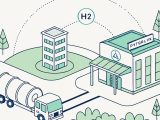
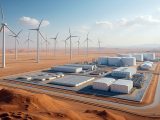
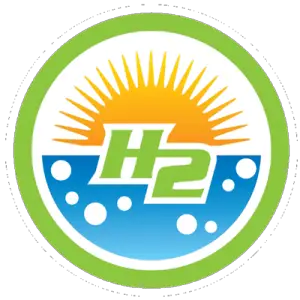 With over 15 years of reporting hydrogen news, we are your premier source for the latest updates and insights in hydrogen and renewable energy.
With over 15 years of reporting hydrogen news, we are your premier source for the latest updates and insights in hydrogen and renewable energy.